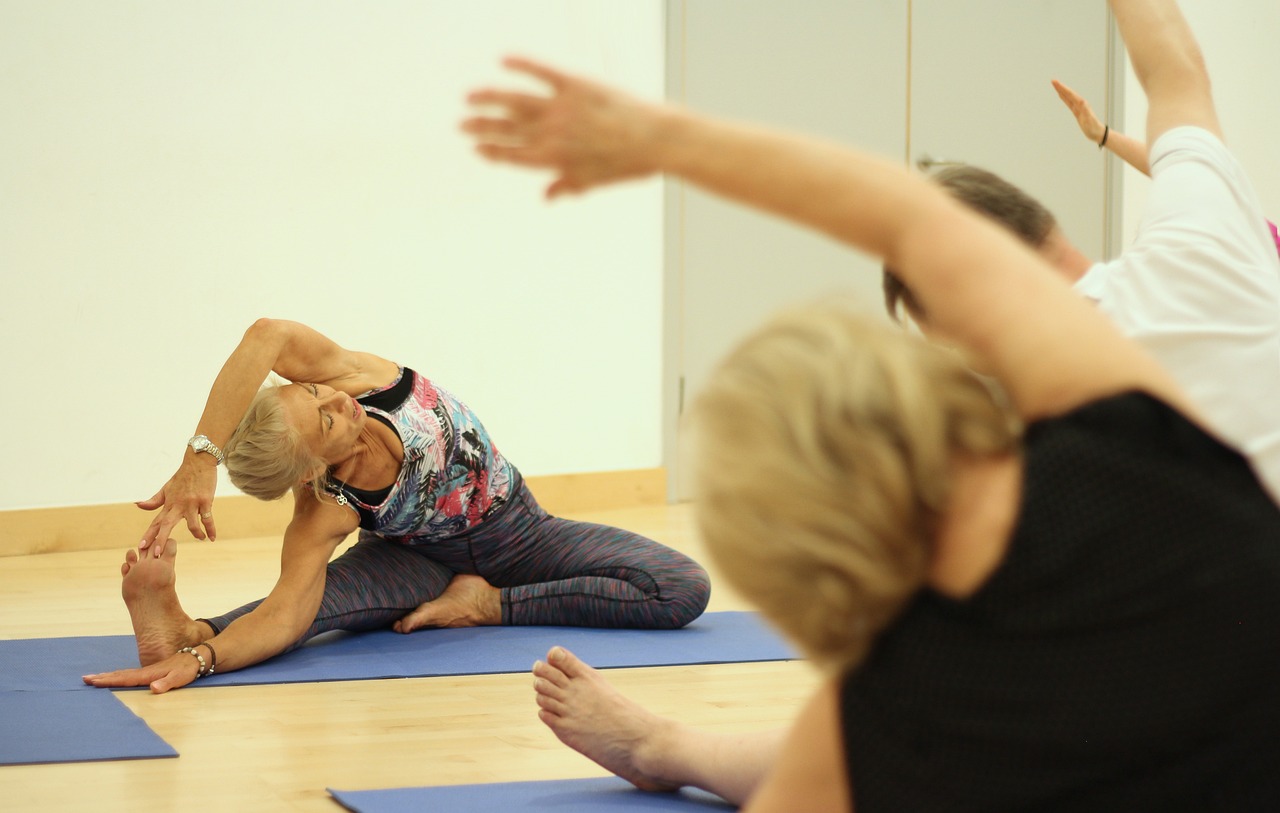

In today’s fast-paced world, finding time to attend in-person yoga classes can be challenging. Fortunately, remote yoga classes offer a convenient and flexible alternative, allowing practitioners to participate in yoga sessions from the comfort of their own homes. In this article, we’ll explore how remote yoga classes work, the benefits they offer, and how you can get started with your practice from anywhere.
Understanding Remote Yoga Classes
Remote yoga classes, also known as online yoga classes or virtual yoga sessions, involve practicing yoga with a certified instructor via live stream or pre-recorded videos. Yoga websites, smartphone applications, and video conferencing platforms are commonly used for these sessions, which enable participants to attend a variety of yoga classes and teachers from any location with an internet connection.
How Do Remote Yoga Classes Work?
Remote yoga classes work similarly to traditional in-person classes but with the added convenience of practicing from home. Here’s a breakdown of how remote yoga classes typically operate:
1. Online Platform: Remote yoga classes are hosted on various online platforms, such as yoga websites, mobile apps, or video conferencing software. A schedule of available classes and teachers is accessible to participants who log in to the site.
2. Class Selection: Participants can choose from a variety of yoga classes based on their preferences, experience levels, and schedule. Different yoga styles, such as Vinyasa, Hatha, Yin, or Ashtanga, as well as classes tailored for novices, intermediate practitioners, or expert yogis, may be offered.
3. Live or On-Demand: Remote yoga classes may be offered in two formats: live or on-demand. Live classes are conducted in real-time, and a certified instructor leads the session via live stream. On-demand classes, on the other hand, are pre-recorded videos that participants can access and practice at their own pace and convenience.
4. Equipment and Setup: To participate in remote yoga classes, all you need is a yoga mat, a stable internet connection, and a device such as a laptop, tablet, or smartphone. Some classes may require additional props such as blocks, straps, or bolsters, but many can be practiced with minimal equipment.
5. Interactive Experience: During live remote yoga classes, participants can interact with the instructor and fellow classmates through chat features or virtual meeting rooms. This interactive experience allows for real-time feedback, guidance, and support, creating a sense of community and connection among participants.
Benefits of Remote Yoga Classes
Remote yoga classes offer numerous benefits for practitioners of all levels:
- Convenience: Perhaps the most significant advantage of remote yoga classes is their convenience. Practitioners can join classes from anywhere with an internet connection, eliminating the need to commute to a studio or adhere to a fixed schedule.
- Flexibility: Remote yoga classes offer flexibility in terms of class times, styles, and instructors. With on-demand classes, practitioners can practice yoga at any time that suits their schedule, making it easier to integrate yoga into their daily routine.
- Accessibility: Remote yoga classes make yoga accessible to individuals who may not have access to in-person classes due to location, mobility issues, or other constraints. With just a yoga mat and an internet connection, anyone can participate in remote yoga classes from the comfort of their own home.
- Variety: Remote yoga classes provide access to a wide range of class styles, instructors, and levels, allowing practitioners to explore different yoga practices and find what works best for them. Whether you’re a beginner or an experienced yogi, there’s something for everyone in remote yoga classes.
- Cost-Effectiveness: Remote yoga classes are often more affordable than in-person classes, making yoga more accessible to individuals on a budget. With no studio rental or overhead costs, instructors can offer classes at lower rates, saving practitioners money in the long run.
Getting Started with Remote Yoga Classes
Ready to experience the benefits of remote yoga classes for yourself? Here are some tips for getting started:
- Choose a Platform: Research different online platforms, yoga websites, or mobile apps that offer remote yoga classes and choose one that suits your preferences and needs.
- Explore Class Options: Browse through the available class options and explore different styles, instructors, and class times to find what works best for you.
- Set Up Your Space: Create a dedicated yoga space in your home with enough room to move freely and comfortably. Gather your yoga mat and any props you may need for your practice.
- Join a Class: Sign up for a remote yoga class and log in to the platform at the scheduled time. Follow the instructor’s guidance and enjoy your practice from the comfort of your own home.
- Stay Consistent: Make remote yoga a regular part of your wellness routine by practicing consistently and exploring different classes and styles to keep your practice fresh and engaging.
Conclusion
Remote yoga classes offer a convenient, flexible, and accessible way to practice yoga from anywhere. Whether you’re a beginner or an experienced yogi, remote yoga classes provide a wide range of class options, instructors, and styles to suit your preferences and needs. By embracing the freedom of remote yoga, you can experience the benefits of yoga and cultivate a deeper connection to your practice from the comfort of your own home.
